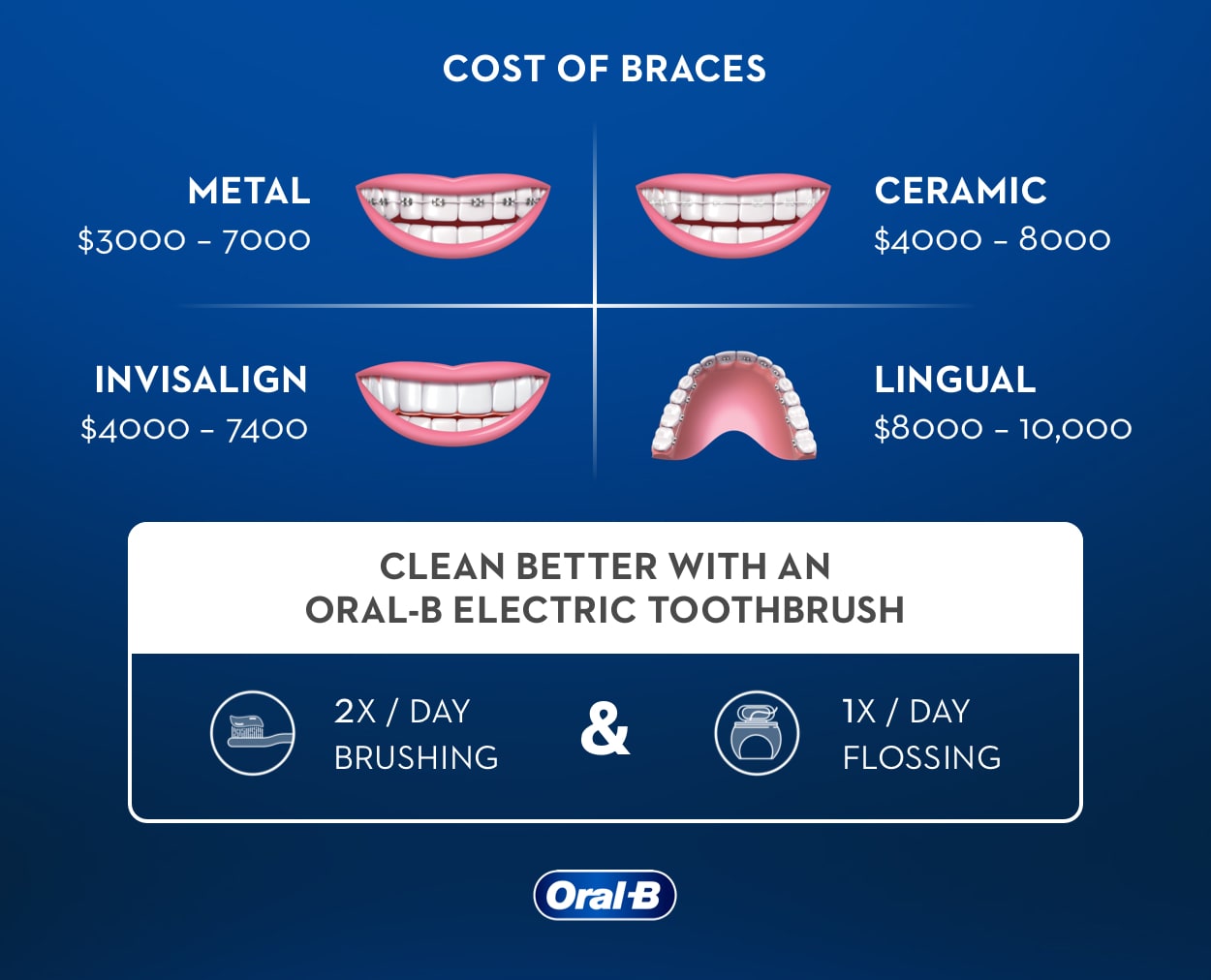Comprehensive Guide to Orthodontics Treatments for Correcting Oral Imbalances
Comprehending the intricacies of each treatment, including their devices, benefits, and prospective downsides, is essential in making educated decisions regarding one's orthodontic treatment. As we navigate with the thorough overview to orthodontic treatments for fixing oral misalignments, the complex information of each approach will unravel, dropping light on the course toward a harmonious and practical oral alignment.
Orthodontic Procedures Introduction

Routine modifications and surveillance are crucial parts of orthodontic treatment to make sure progression is on track and to make any kind of essential modifications along the way. By undergoing orthodontic procedures, individuals can not just attain a straighter smile but likewise boost their general dental health and feature.
Traditional Braces: Just How They Function
When thinking about orthodontic treatments for dental misalignments, typical braces stand out as a time-tested technique for dealing with teeth positioning. Typical braces consist of braces, cables, and bands that function together to apply constant stress on the teeth, gradually moving them into the preferred placement.
As stress is applied to the teeth through the braces, the bone surrounding the teeth is reshaped to sustain the new tooth positions. Individuals will certainly require normal changes at the orthodontist's workplace to make sure the braces continue to apply the appropriate stress for efficient teeth motion.
Unseen Aligners: Disadvantages and pros
These clear, tailor-made trays are basically unnoticeable when worn, making them an appealing alternative for people looking for a more visually pleasing orthodontic therapy. Individuals can get rid of the aligners before eating or brushing their teeth, reducing the risk of food getting stuck in the home appliance and simplifying the cleaning procedure.

Surgical Orthodontic Options
Surgical treatments in orthodontics spa dental existing practical options for dealing with complicated dental imbalances that may not be properly settled through conventional orthodontic treatments. While traditional braces and invisible aligners can correct several orthodontic issues, specific cases need surgical intervention to achieve optimal results. Surgical orthodontic alternatives are generally advised for extreme malocclusions, significant jaw discrepancies, and instances where the underlying bone framework requires alteration to attain correct placement.
One usual surgical orthodontic procedure is orthognathic surgical treatment, which includes repositioning the jaws to fix useful concerns such as trouble talking or eating. This surgical procedure is typically carried out in partnership with an orthodontist that helps straighten the teeth prior to and after the treatment. Surgical orthodontics may likewise involve treatments to subject impacted teeth, remove excess periodontal cells, or reshape the jawbone to develop a more harmonious face account.
Prior to thinking about medical orthodontic alternatives, individuals undertake a comprehensive assessment to figure out the necessity and prospective benefits of such interventions. cumming orthodontics. While surgery might appear daunting, it go to these guys can considerably improve both the feature and visual appeals of the smile in instances where traditional orthodontic therapies fail
Retainers and Post-Treatment Treatment

Post-treatment treatment entails adhering to the orthodontist's guidelines carefully. This may consist of appropriate dental health practices, participating in follow-up appointments, and putting on the retainers as recommended. Failure to follow post-treatment care instructions can cause relapse, where the teeth gradually return towards their initial settings. Regular retainer wear, good dental hygiene, and indental regular oral check-ups are important for maintaining the outcomes attained through orthodontic surgical treatment and making certain the long-lasting security of the fixed oral positioning.
Conclusion
Finally, orthodontic treatments provide various choices for fixing dental misalignments. Standard braces use metal brackets and wires to shift teeth into correct positioning. Undetectable aligners supply an even more very discreet option yet might not be appropriate for all situations. Surgical orthodontic options are readily available for much more serious imbalances. Retainers are typically made use of post-treatment to maintain the new placement. Overall, orthodontic treatments can effectively improve dental health and wellness and visual appearance.
As we navigate via the detailed guide to orthodontic treatments for remedying dental misalignments, the complex information of each approach will certainly unravel, shedding light on the course toward a unified and practical dental positioning. - orthodontist
One of the most usual orthodontic treatments is the use of dental braces, which are composed of steel braces and cables that use gentle stress to slowly shift teeth into the desired position.When considering orthodontic therapies for oral imbalances, conventional braces stand out as a time-tested technique for correcting teeth placing. Furthermore, undetectable aligners may not be ideal for complicated orthodontic issues that need even more considerable teeth movement, as they are normally advised for moderate to modest cases. Retainers are tailor-made orthodontic gadgets made to hold teeth in their fixed positions after the conclusion of orthodontic therapy.